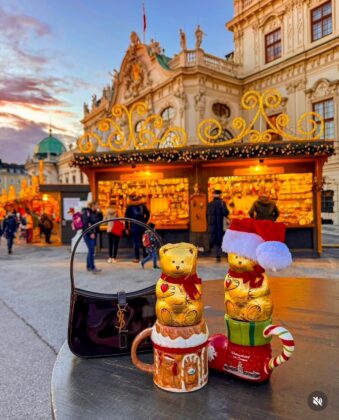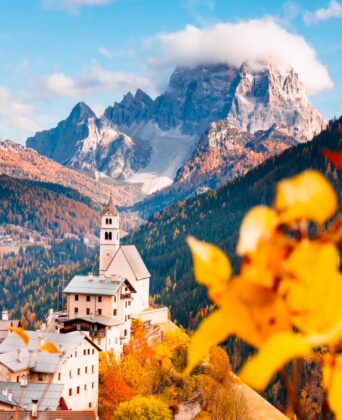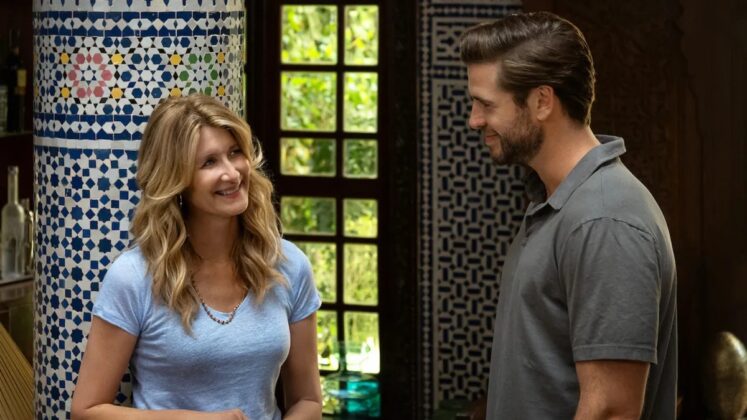Nestled in the heart of Spain, Madrid stands as a testament to the rich history and vibrant culture that define this remarkable country. A city of grand boulevards, lush parks, and a pulsating energy that seamlessly blends the old with the new, Madrid offers an experience that captivates the soul and ignites the imagination. This article takes you on a journey through the historical tapestry and iconic landmarks that make Madrid an unparalleled destination.
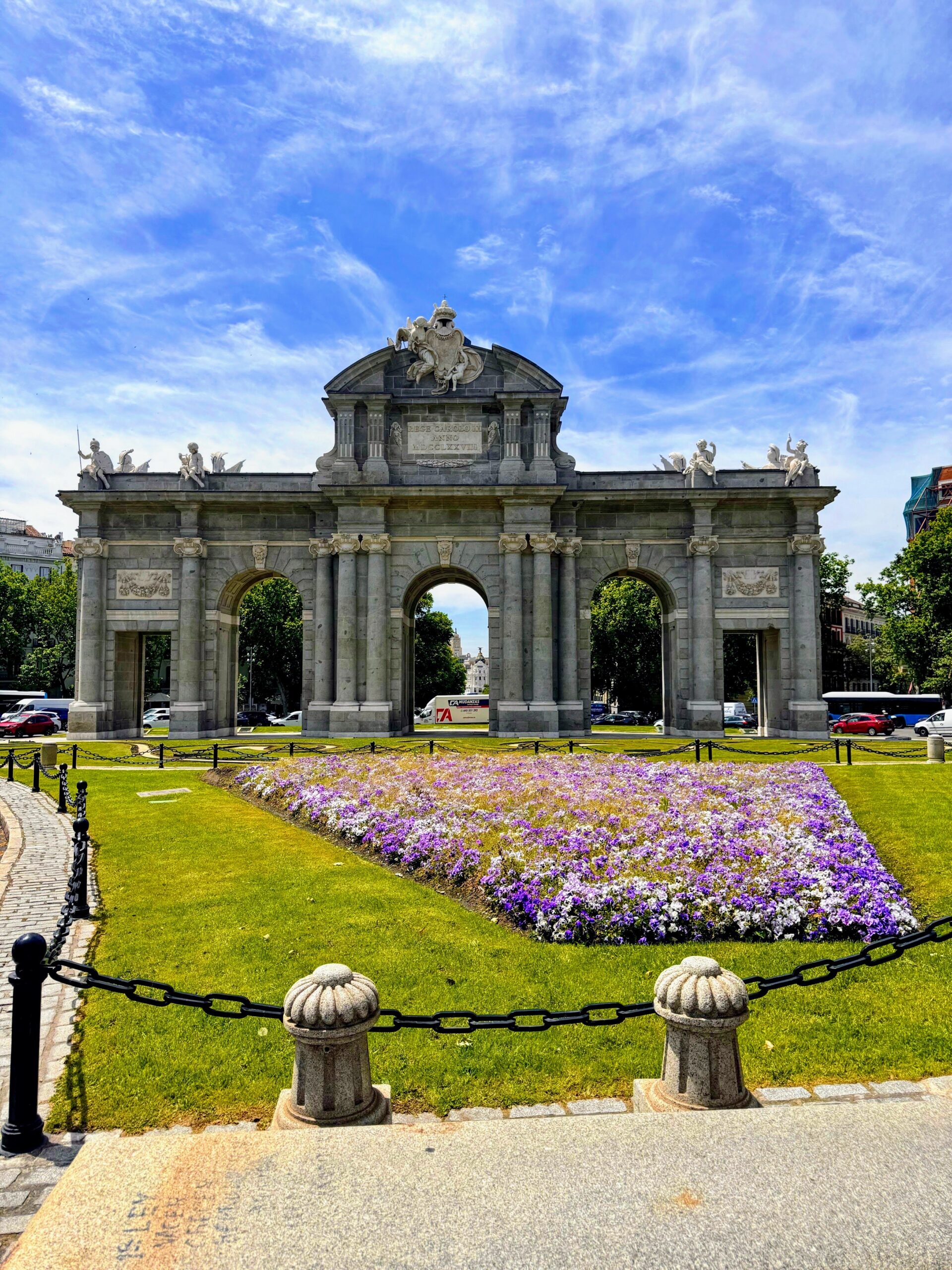
A Historical Odyssey
Madrid’s history is a mosaic of influences, from its origins as a modest Moorish fortress to its emergence as the capital of a powerful empire. The city’s journey began in the 9th century when Muhammad I of Córdoba built a small palace on the banks of the Manzanares River. This strategic location attracted settlers, and over the centuries, Madrid evolved under the rule of different dynasties.
In 1561, King Philip II moved the Spanish court to Madrid, solidifying its status as the nation’s capital. This pivotal decision transformed the city into the political and cultural hub of Spain. The Habsburg dynasty left an indelible mark, with majestic buildings and squares that still define Madrid’s architectural landscape. The Bourbon dynasty followed, ushering in an era of Enlightenment-inspired urban planning and the creation of iconic landmarks.
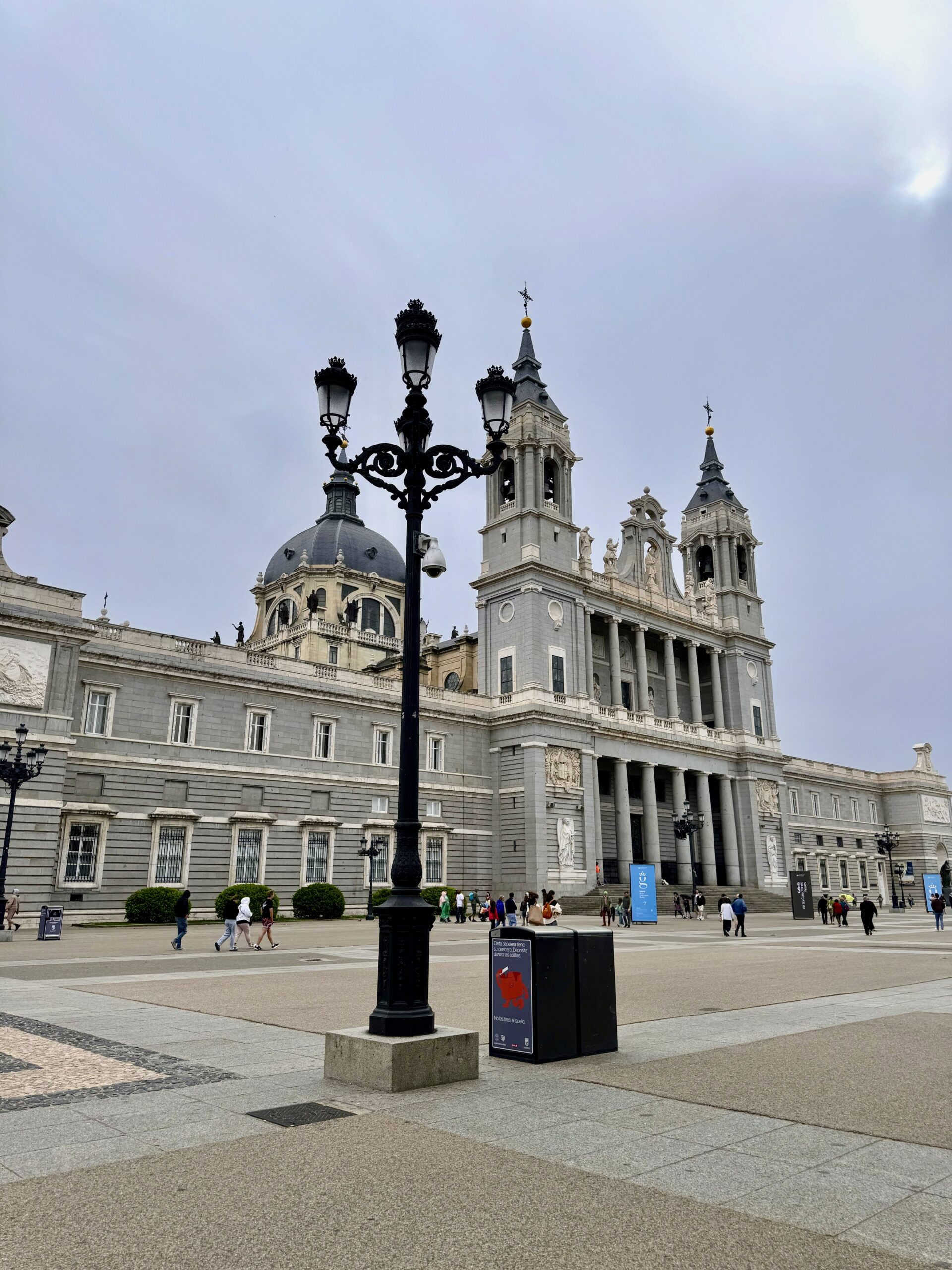
The Royal Palace: A Symbol of Grandeur
No visit to Madrid is complete without marveling at the Royal Palace, a magnificent symbol of the city’s regal heritage. Built on the site of the old Alcázar fortress, the palace stands as one of the largest in Europe, boasting over 3,400 rooms. Its opulent interiors are adorned with priceless art, luxurious furnishings, and intricate tapestries, reflecting the grandeur of Spain’s royal history.
Adjacent to the palace, the Almudena Cathedral offers a striking contrast with its neo-Gothic and neo-Romanesque architectural styles. This relatively modern addition to Madrid’s skyline was completed in 1993, yet it harmoniously complements the historical ambiance of the Royal Palace.
Plaza Mayor: The Heart of Madrid
Stepping into Plaza Mayor is like stepping back in time. This grand square, surrounded by elegant three-story buildings with porticoed facades, has been the heart of Madrid since the early 17th century. It has witnessed royal ceremonies, bullfights, and public executions, each event adding to the square’s storied past. Today, Plaza Mayor is a vibrant hub where locals and tourists alike gather to enjoy outdoor cafes, street performers, and the lively atmosphere that encapsulates the spirit of Madrid.
The Prado Museum: A Treasure Trove of Art
Art enthusiasts find their paradise in the Prado Museum, one of the world’s most prestigious art institutions. Founded in 1819, the Prado houses an unparalleled collection of European art, with masterpieces spanning from the Renaissance to the 19th century. Visitors can admire works by titans such as Velázquez, Goya, and El Greco, whose creations offer a profound insight into Spain’s artistic legacy.
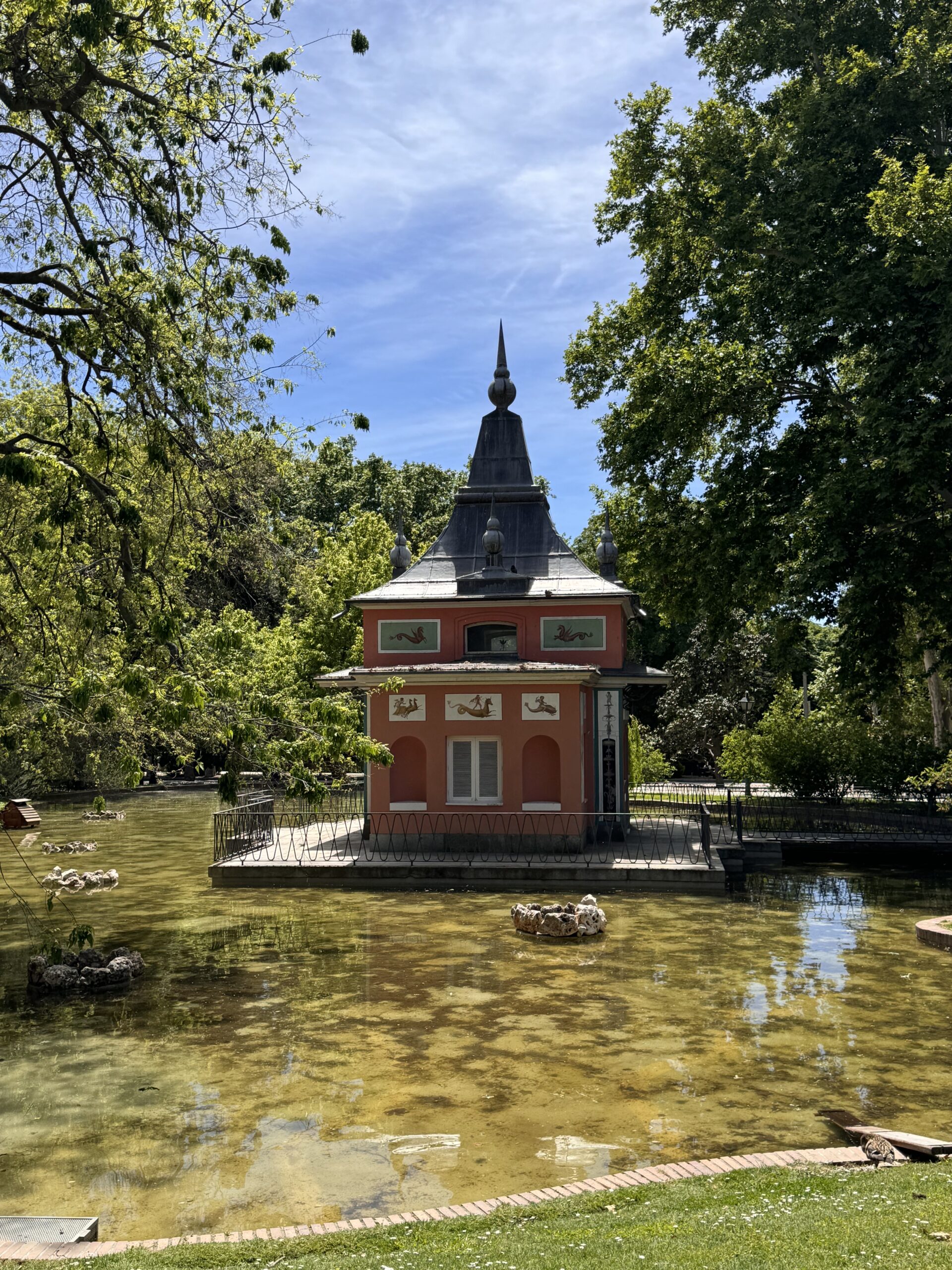
Retiro Park: An Urban Oasis
Amidst the bustling streets of Madrid lies Retiro Park, an urban oasis that offers a serene escape from the city’s hustle and bustle. Once a royal retreat, this expansive park is now a beloved public space where locals come to relax, row boats on the tranquil lake, or wander through meticulously manicured gardens. The Crystal Palace, an exquisite glass structure within the park, hosts contemporary art exhibitions, adding a touch of modernity to this historical haven.
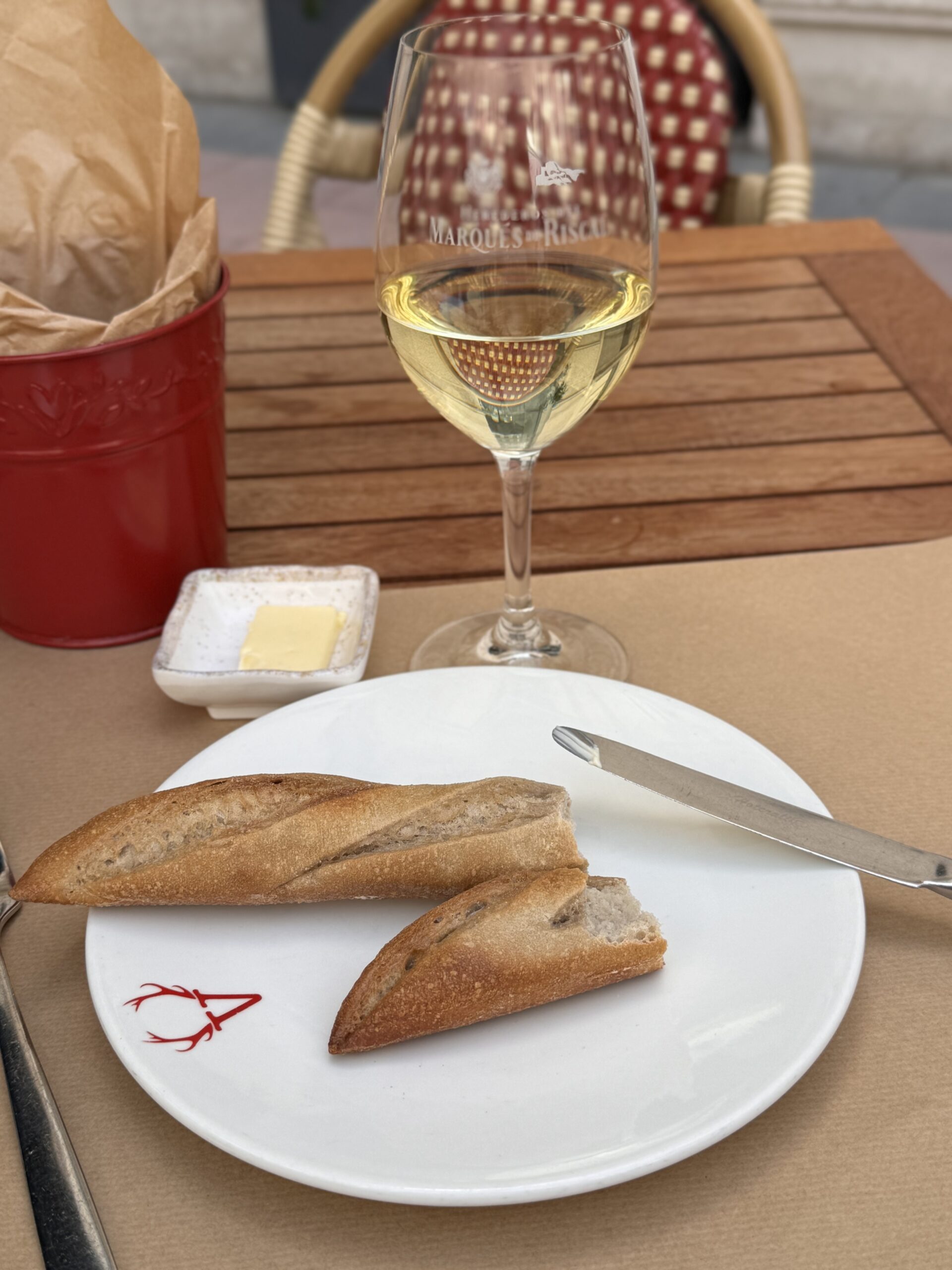
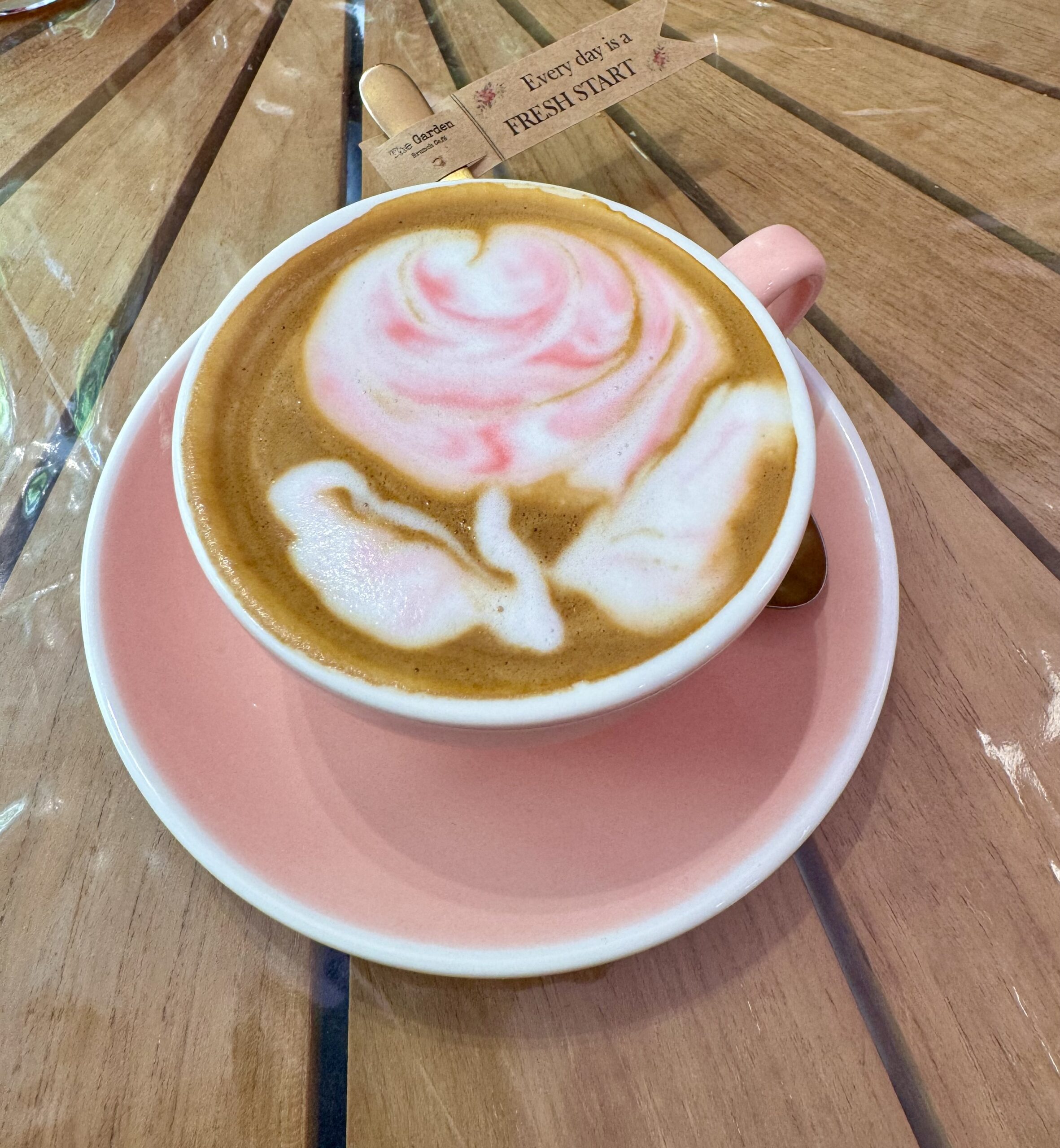
Puerta del Sol: The Center of Spain
Puerta del Sol, the bustling square that serves as the symbolic center of Spain, is where the pulse of Madrid beats strongest. The square is home to the famous clock tower that chimes in the New Year, a tradition celebrated by thousands who gather to eat twelve grapes, one for each stroke of midnight, ensuring good luck for the year ahead. The statue of the Bear and the Strawberry Tree, the emblem of Madrid, stands proudly in Puerta del Sol, representing the city’s enduring spirit.
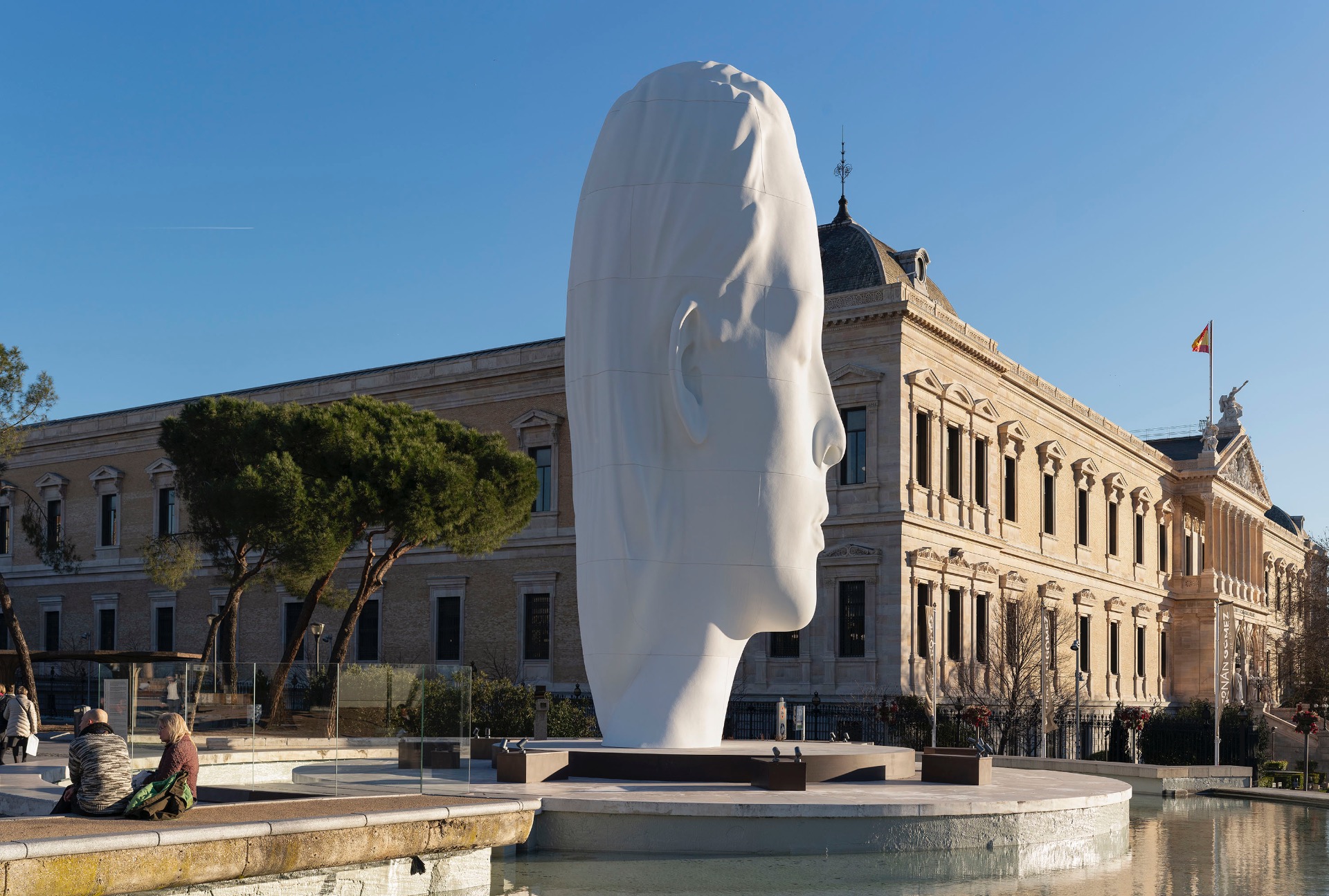
Gran Vía: The Broadway of Madrid
Gran Vía, often referred to as the “Spanish Broadway,” is a testament to Madrid’s dynamic and cosmopolitan character. This iconic street, lined with grand theaters, upscale shops, and bustling cafes, epitomizes the city’s blend of tradition and modernity. Walking along Gran Vía, one can’t help but feel the vibrancy that defines Madrid’s nightlife and cultural scene.
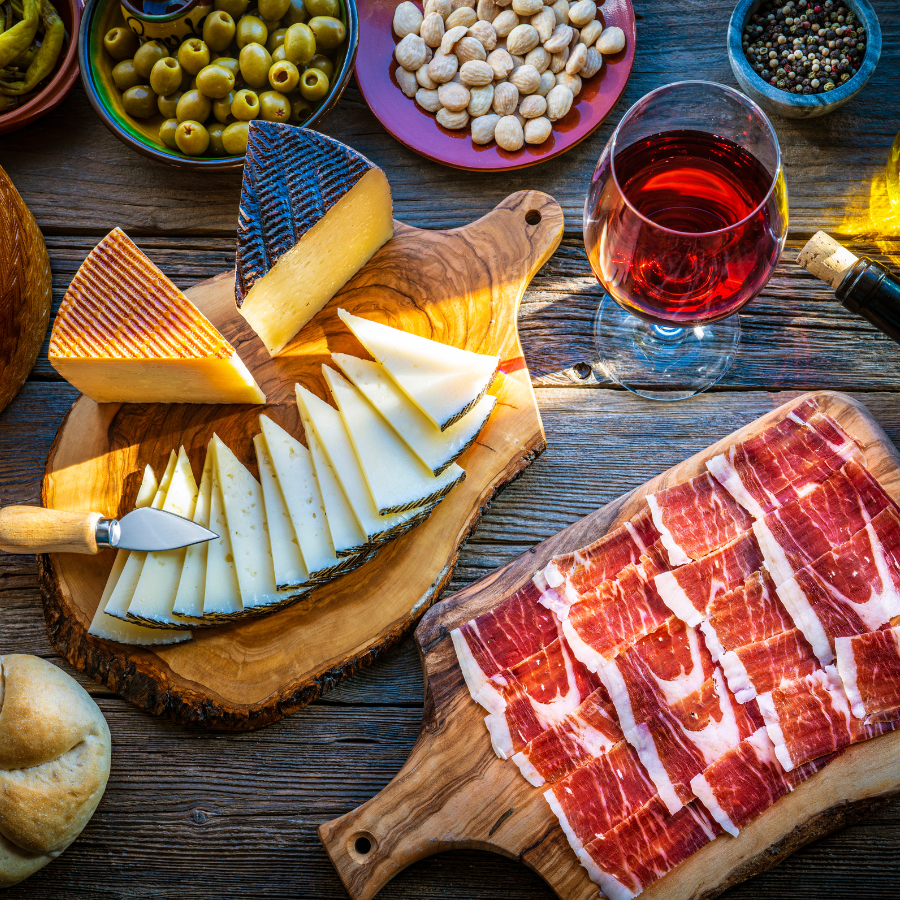
A Culinary Delight
Madrid’s culinary offerings are as diverse and rich as its history. The city is a gastronomic paradise where traditional Spanish flavors meet innovative cuisine. Visitors can indulge in tapas at bustling markets like Mercado de San Miguel, savor hearty cocido madrileño (a traditional stew), or enjoy world-class dining at Michelin-starred restaurants. Madrid’s food culture is a reflection of its ability to embrace both its heritage and contemporary influences.
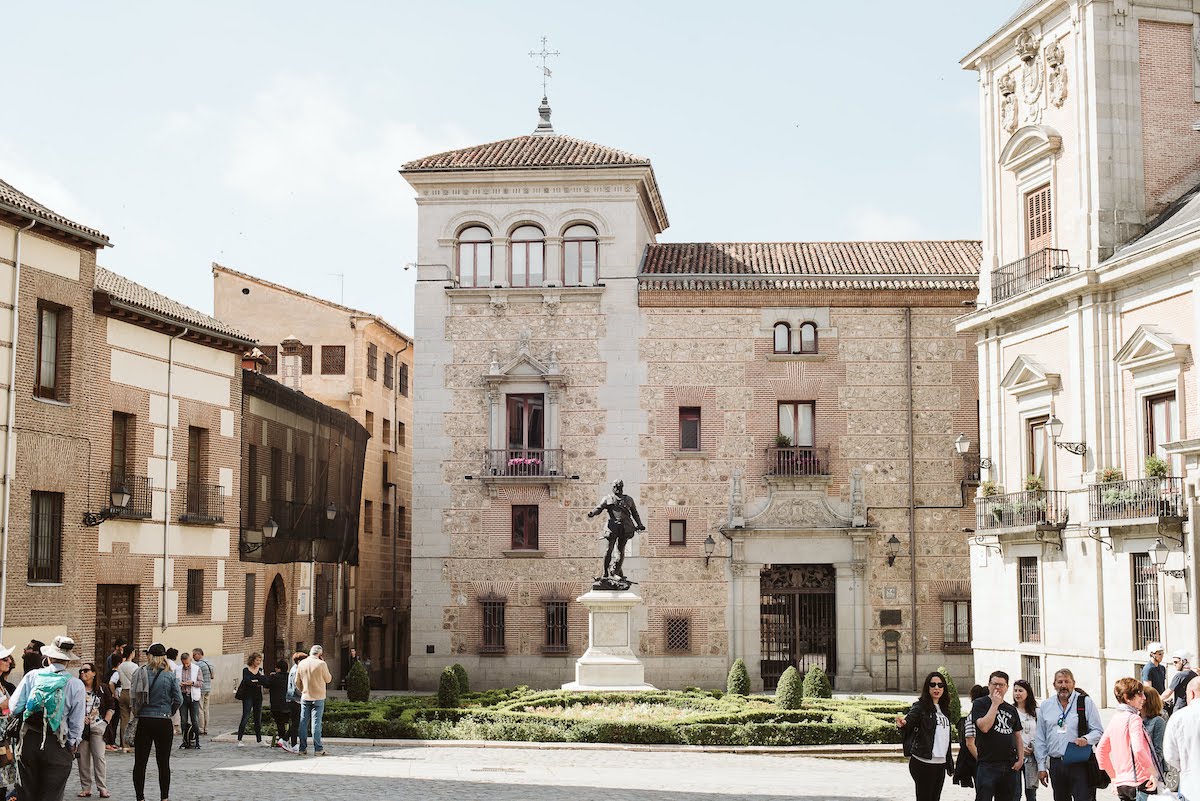
Flamenco: The Soul of Spain
To truly experience Madrid is to immerse oneself in the passionate rhythms of flamenco. This traditional Spanish art form, characterized by soulful music, expressive dance, and heartfelt singing, captures the essence of Spain’s cultural identity. Numerous tablaos (flamenco venues) in Madrid offer nightly performances, where visitors can witness the raw emotion and vibrant energy that define flamenco.
Madrid is more than just a city; it is a living, breathing testament to Spain’s glorious past and dynamic present. Its streets tell stories of empires and revolutions, of artists and dreamers. From the regal splendor of the Royal Palace to the bustling energy of Puerta del Sol, Madrid invites you to explore its many facets and to lose yourself in its timeless charm. As you wander through this magnificent city, you’ll discover that Madrid is not just a destination but an unforgettable journey through history and culture.
Words by Elle Taylor

